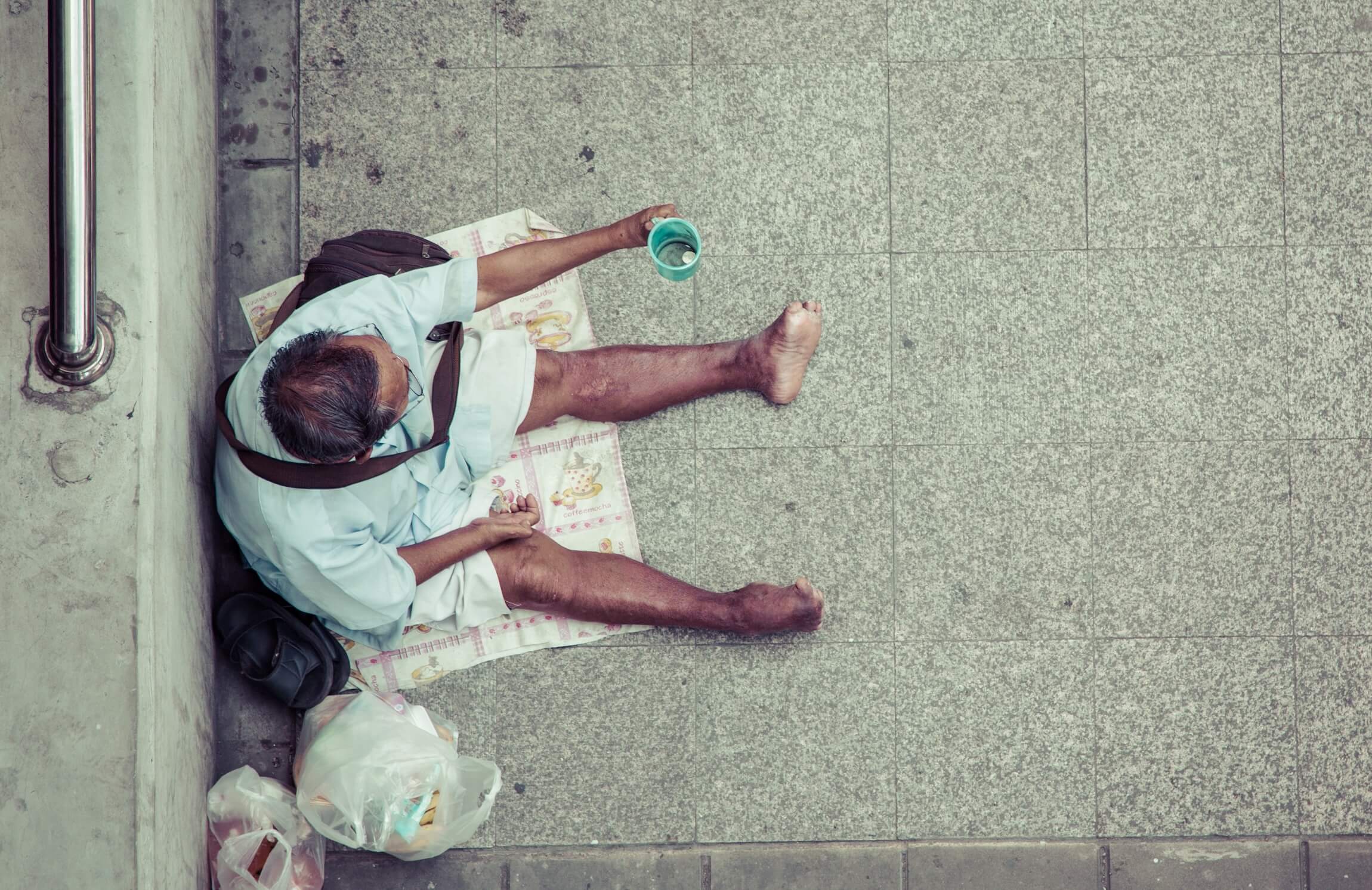



The COVID-19 crisis has fundamentally shaken the social and economic foundations of countries across the world, including ASEAN Member States.
The ILO has observed with admiration how ASEAN governments have taken unprecedented measures to respond to the health, economic, and social impacts of the crisis, and is especially pleased to note the prominence given to social protection within the different emergency response packages.
The lockdown measures adopted across the region have been relatively successful at suppressing the spread of the virus, at least for the moment. Nonetheless, the IMF estimates that the region is facing its slowest growth since the 1960s. Economies in ASEAN face the combined economic impact of local lockdown measures and, given the high levels of economic integration within the region and beyond, the lockdowns elsewhere. The global collapse of demand for manufacturing goods and the blockage of the international flow of goods and services, including tourism, hit the ASEAN economies especially hard. The ILO estimates that the crisis will result in a decline in working hours of around 9.2 per cent relative to the last quarter of 2019 for the ASEAN region, equivalent to the loss of 26 million full-time jobs, assuming a 48-hour working week.
Within ASEAN, many countries are starting to pass the first phase of what is likely to be a long-term crisis and the emphasis in the policy debate is moving towards how to organise economic recovery. The story of the crisis so far has been that of most of the countries in the region imposing stringent lockdown and social distancing measures. Even if a single country was able to revert to “business as usual,” the international context would mean that economic sectors will continue to be heavily affected. In this context, a protracted crisis looks increasingly likely, as does the scenario in which parts of the economy are permanently reconfigured. One key feature of the ongoing crisis is that countries will likely be obliged to depend more, at least temporarily, on domestic investment and internal demand than in pre COVID-19 times. How to incentivise local investment in the context of fiscal strain and reduced Within ASEAN, many countries are starting to pass the first phase of what is likely to be a long-term crisis and the emphasis in the policy debate is moving towards how to organise economic recovery. The story of the crisis so far has been that of most of the countries in the region imposing stringent lockdown and social distancing measures. Even if a single country was able to revert to “business as usual,” the international context would mean that economic sectors will continue to be heavily affected. In this context, a protracted crisis looks increasingly likely, as does the scenario in which parts of the economy are permanently reconfigured. One key feature of the ongoing crisis is that countries will likely be obliged to depend more, at least temporarily, on domestic investment and internal demand than in pre COVID-19 times. How to incentivise local investment in the context of fiscal strain and reduced.
Within ASEAN, many countries are starting to pass the first phase of what is likely to be a long-term crisis and the emphasis in the policy debate is moving towards how to organise economic recovery. The story of the crisis so far has been that of most of the countries in the region imposing stringent lockdown and social distancing measures. Even if a single country was able to revert to “business as usual,” the international context would mean that economic sectors will continue to be heavily affected. In this context, a protracted crisis looks increasingly likely, as does the scenario in which parts of the economy are permanently reconfigured. One key feature of the ongoing crisis is that countries will likely be obliged to depend more, at least temporarily, on domestic investment and internal demand than in pre COVID-19 times. How to incentivise local investment in the context of fiscal strain and reduced.

Photo Credit: © Sirisak_baokaew/Shutterstock.
Many of the workers in the region were already engaged in the informal economy, receiving low wages that trapped them in poverty. COVID-19 has laid bare the vulnerability of such workers as lockdown measures left them with no means of generating income. Informal workers are particularly vulnerable given their limited employment protections and access to social protection, while many have low-to-modest and irregular incomes even in normal times. In ASEAN, the COVID-19 crisis threatens to destroy the livelihoods of 218 million informal workers, 67 per cent of the total employment in the region. Without alternative income sources, many of these workers and their families have been pushed into poverty, thus reversing the decades of poverty reduction shown across the region in pre-COVID time.
Social protection has a central role to play in addressing the social, economic, and health dimensions of the crisis and is part of the broader stimulus package. The actions taken by ASEAN Member States in this area have been an example for other regions. As expected, the varying responses reflect the diversity of the labour market context, social protection configuration among ASEAN Member States, and each country’s specific institutional backgrounds.
Various countries injected significant additional financial resources into the health sector, in parallel with measures to increase access to affordable health care for those not covered, including migrant workers in some countries. Sickness benefits constituted another focus of attention from the very early stages of the crisis, including the expansion to groups that were previously not covered. In many countries where they exist unemployment insurance schemes were central in providing a significant and rapid response. Some countries made modifications to their existing schemes, including the introduction of “job retention” schemes through wage subsidies.
Of particular note has been the way countries recognised and sought to fill significant coverage gaps in their social protection systems. Extremely important to reach some of the most vulnerable groups was the mobilisation of non-contributory schemes to reach large groups of national populations, with several countries extending measures to the “missing middle,” i.e. those who are not covered through social insurance nor social assistance schemes. Various countries provided short-term top ups to existing categorical transfers, such as child, disability, and old age benefits. Other countries established new benefits targeted to workers in informal employment. The COVID-19 crisis period has been extremely rich in innovations in the area of social protection, both regarding methods to register workers and in the delivery of benefits.
Have the actions taken by ASEAN Member States been impressive in their speed and scope? Yes. Has it and will it be enough to deal effectively with the expected impact of the crisis? Probably not. Even relatively ambitious packages of support have left important gaps. In most countries, the support provided has been one-off or designed to cover only the few months when the most severe lockdown measures were in place. At best, the support provided extends for up to six or nine months, for example, in the case of some employment retention programmes. This leaves a question about the role of social protection in contributing to countries’ resilience and sustainable solutions as countries enter the recovery phase.
If anything, ILO believes that social protection is likely to become even more relevant as countries commence their social and economic recovery. Evidence from past economic crises shows us that social protection is one of the most effective fiscal tools governments have at their disposal to provide economic stimulus. The cushion provided by initial measures will no doubt have an indirect stimulus effect, for example, as fewer households will need to go into debt to survive in the short term, and can be in a stronger position to spend when the economy re-starts. The moment when economies are opening up is also a crucial moment to provide a substantial boost to household income. Such a stimulus can increase households’ ability to consume goods and services, and thus support businesses that may be struggling to re-establish themselves.
The immediate social protection response to COVID-19 was rightly focused on providing emergency short-term support, often under immense pressure and with limited scope for detailed design of approaches. As countries transition to the next phase, there is more time and space to adapt the ongoing response so that it contributes to addressing the major limitations of existing social protection systems revealed by COVID-19.

Photo Credit: © Kampan/Shutterstock.
Let me end by reminding the readers of an important lesson. Historically, economic crises from the Second World War to the Asian Financial Crisis of 1997 and the Great Recession of 2008-09 have resulted in rethinking and adjustment of existing economic and social models. Social protection has often been a key part of this process, with the post-War period in both Europe and Japan being the crucial moment when truly comprehensive systems were established. Similarly, the Asian financial crisis and the 2008-09 global crisis triggered many countries in Asia to expand and transform their social protection systems. The way the Republic of Korea extended its pension and social insurance coverage to all workers following the 1997 crisis, how China extended health protection and pensions to all, and Thailand made its Old Age Allowance universal as a response to the impact of the 2008-09 crisis are cases in point. The significant gaps in social protection systems laid bare by COVID-19 are a wake-up call with the potential to lead to a similar reassessment.
Following years of progress, including the issuance of the ASEAN Declaration on Strengthening Social Protection, this crisis might provide Member States the opportunity to build back better and to move towards the objective of universal social protection, as agreed under the Sustainable Development Goals or SDGs. Workers and employers, through their representatives, should play a central role in this debate.
In a situation where countries will be less able to rely on foreign direct investment and foreign demand (including tourism), social protection, together with employment-centred macroeconomic policies, has the potential to promote domestic demand and build national economies that are more inclusive and more resilient to future crises. We strongly believe that the human-centred approach to the future of work proposed by the ILO Centenary Declaration— which puts workers’ rights and the needs, aspirations, and rights of all people at the heart of economic, social, and environmental policies—offers an important framework to build a new normal that can be a better normal.








